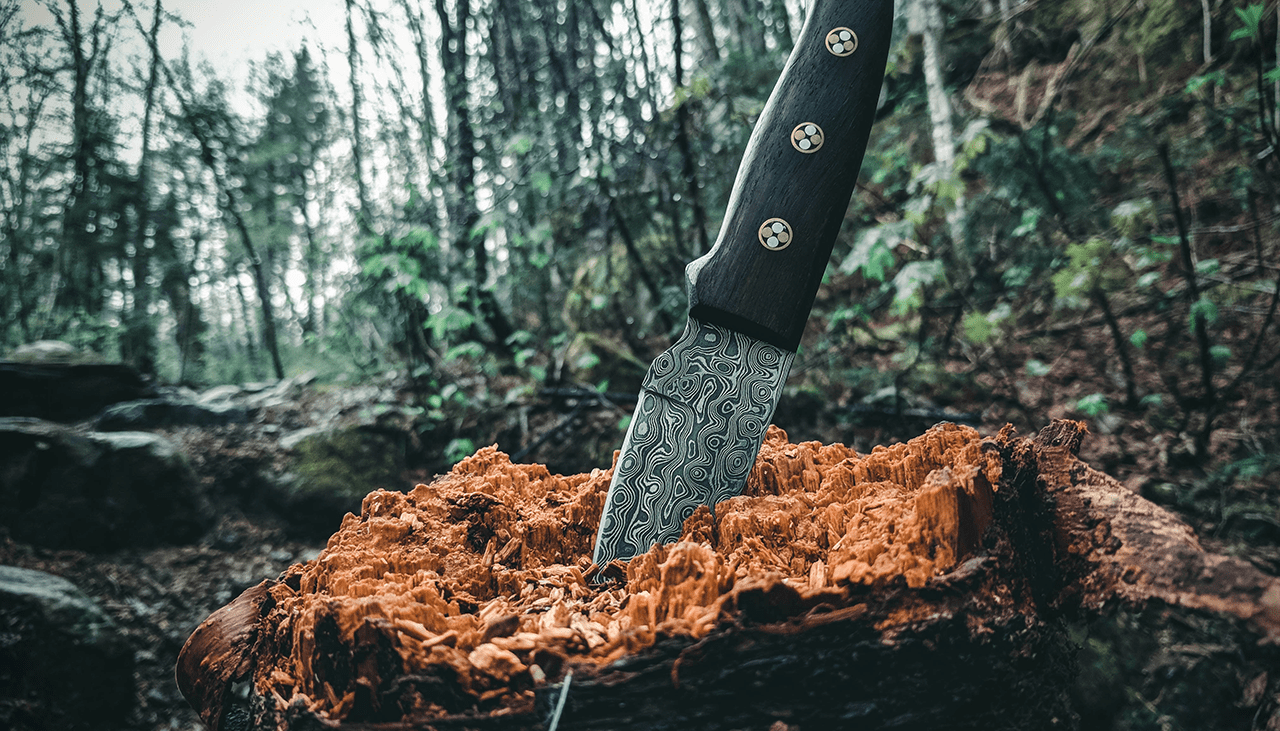World War II was a conflict of epic proportions, and the success of the Allied forces came from an array of sources. One such source was the incredible work done by their airborne armada, which played a pivotal role in several key battles. From Sicily to D-Day, to Operation Varsity – this specialty branch provided readiness and even superiority when it mattered most. This blog post will explore how these courageous soldiers helped carry victory for the Allies over Nazi Germany and Fascist Italy using their specialized skillset during World War II’s airborne campaigns. With eyewitness accounts from veteran pilots who flew with them at major engagements out on the battlefields, we can dive deeper into understanding why they succeeded amidst tremendous difficulties and danger – ultimately achieving their objectives throughout WWII’s hostile lands.
Understand your needs
Determine the type of knife you need based on the game you are hunting, the terrain, and other conditions. If you are hunting a large game, it is important to choose a knife that can handle the extra force needed to make cuts deep enough into the hide and flesh of an animal. On the other hand, if you plan on tackling smaller games like birds or rabbits, a thinner and more lightweight blade may be preferable. Consider how often you will use the knife when determining size and weight as well; a heavier blade might become tiresome after extended periods of use.
Consider blade shape and size
Different blade shapes offer advantages for different types of cuts while the size can affect portability and maneuverability. For instance, drop-point blades tend to have thicker points than clip-point blades which makes them more durable when cutting through thick materials. If you need to make precise cuts, such as gutting a fish, then a more pointed and narrow blade may be better suited. As for size, a larger blade might provide more force when cutting but can also weigh down your pocket or pouch.
Choose a material
The choice between stainless steel and carbon steel will come down to the desired level of durability versus the maintenance required. Stainless steel is resistant to corrosion and is often the preferred option for outdoor use; however, it can be difficult to sharpen due its composition. Carbon steel blades are generally stronger than stainless steel and easier to keep sharpened; however, they require regular maintenance as they’re prone to rusting or corroding if exposed to water or moisture too frequently.
Examine the handle design
When selecting a knife, consider how comfortable it feels in your hand and its resistance to wear and tear over time. The handle should have an ergonomic shape that fits comfortably in your grip and gives you enough control when making cuts. Look for knives with contoured handles or finger guard grooves so that you can avoid slipping while cutting or slicing through materials. Additionally, check the material used in the handle such as plastic, rubber, or wood to ensure long-term durability and comfort.
Pay attention to blade sharpening options
To maintain a knife’s effectiveness over time, you’ll need to keep it sharpened regularly. Consider which type of blade sharpening option is most convenient for you. Some knives come with pre-sharpened edges and honed blades, while others require manual sharpening like a whetstone or knife sharpener.
Research safety features
When selecting a hunting knife, research the manufacturer-provided guard or sheath that will protect your hands from accidental cuts during use. Look for knives with a rounded end that prevents the tip from cutting through its sheath when not in use. Additionally, check if there is an included lanyard hole so that you can securely attach it to your belt or bag when carrying it around. This will help prevent losing the knife in the field or having someone trip over it on their way to the campsite.
Finding the perfect hunting knife can be a challenge, but with the right knowledge and considerations, you’ll be able to find one that fits your needs perfectly. Make sure to take into account your specific hunting needs as well as blade shape, size, material, handle design, sharpening options, and safety features when selecting the best knife for you. With careful research and attention to detail, you’ll soon have a reliable hunting knife that will serve you for many years.
